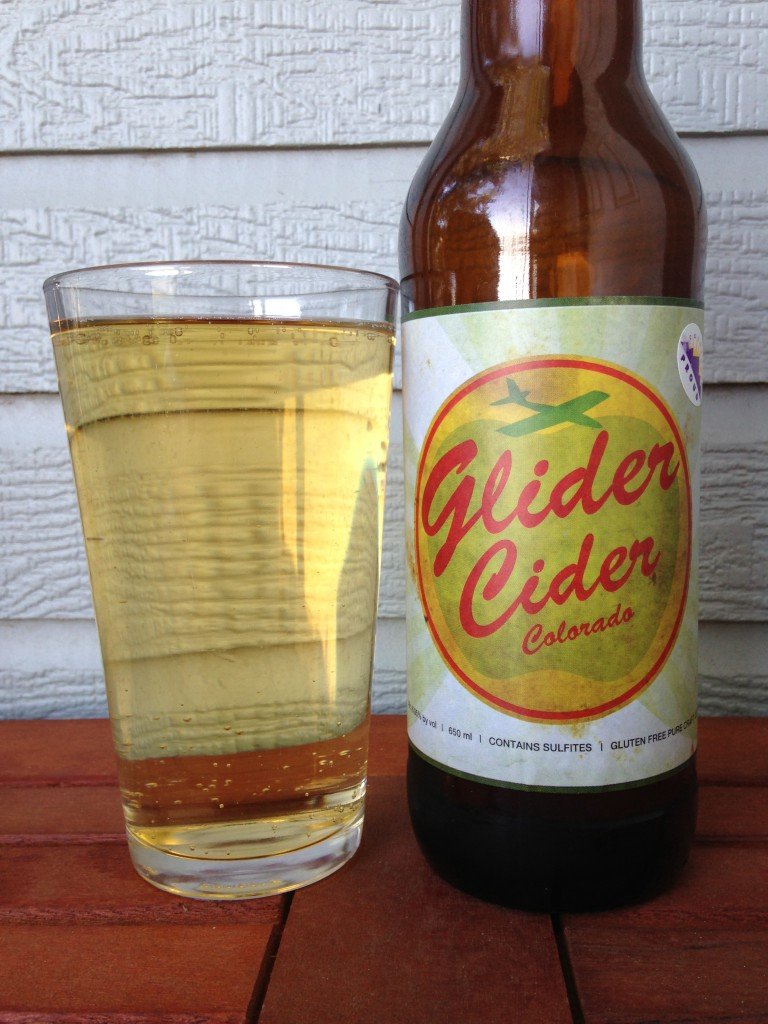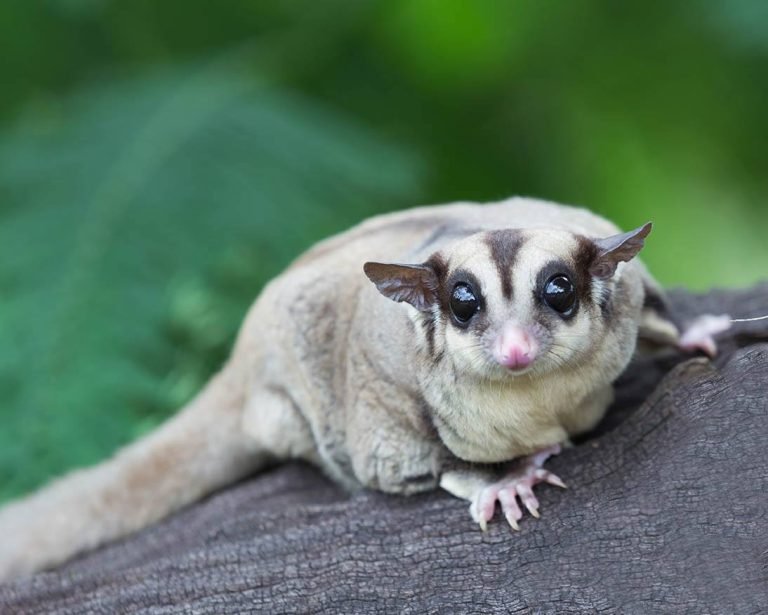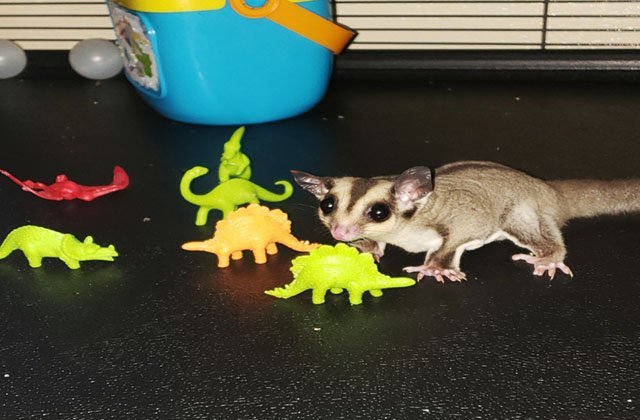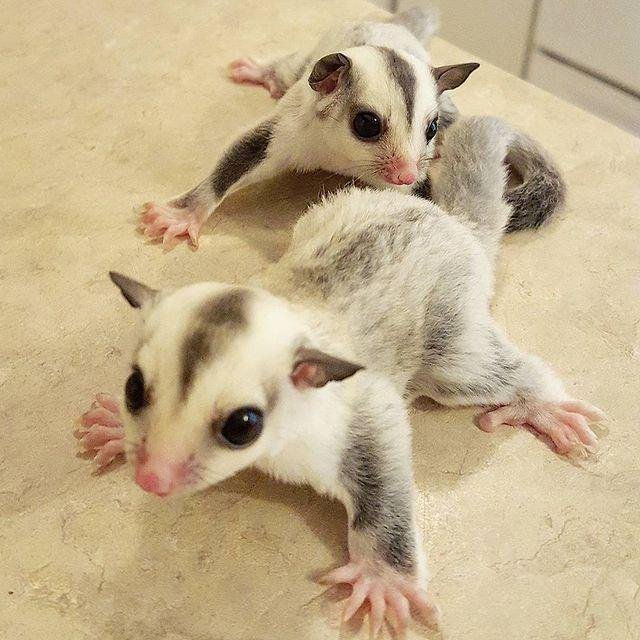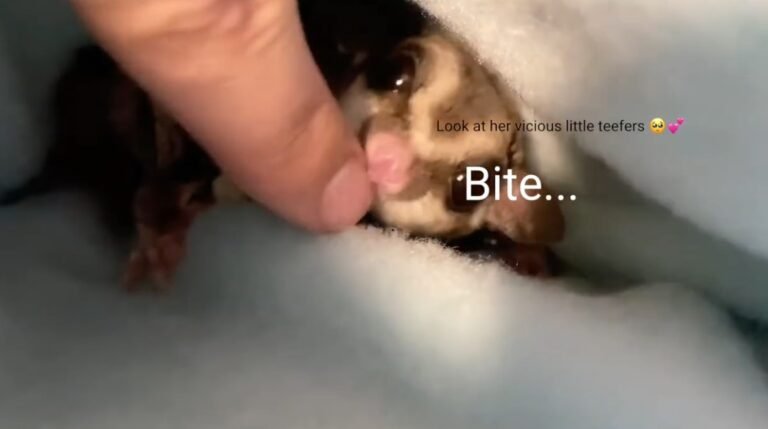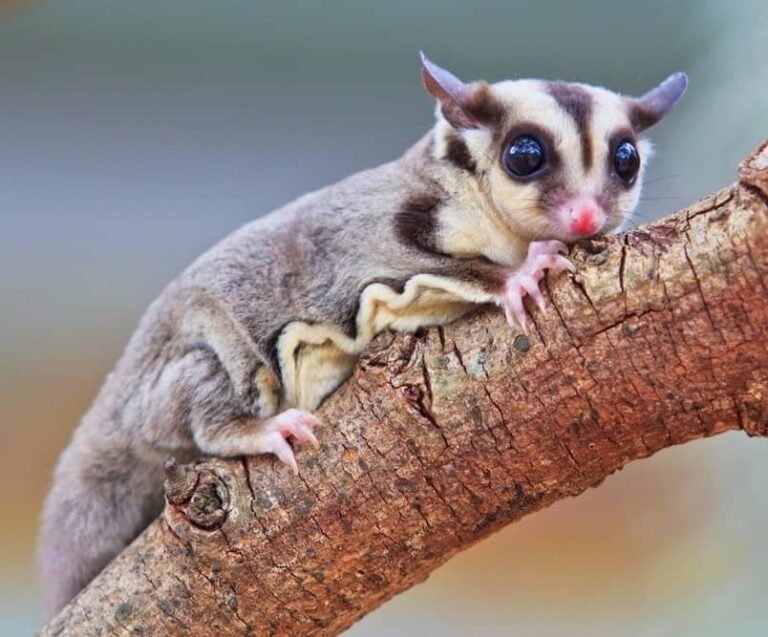Do Sugar Gliders And Dogs Get Along
Do Sugar Gliders and Dogs Get Along?
Sugar gliders and dogs are both popular pets, but can they coexist peacefully in the same household? Many pet owners wonder if these two species can get along and form a harmonious relationship. The answer is, it depends. While some sugar gliders and dogs may develop a bond and live together without any issues, it’s important to consider various factors before introducing them.
Introducing Sugar Gliders and Dogs:
Introducing sugar gliders and dogs requires careful planning and supervision. Here are some steps to follow when integrating them:
1. Start with separate living spaces:
Begin by providing separate living spaces for your sugar glider and dog. This will allow them to get used to each other’s presence without direct contact. It’s crucial to ensure that both animals have adequate space and enrichment in their designated areas.
2. Familiarize them with each other’s scents:

Swap bedding or toys between the sugar glider and dog to help them become familiar with each other’s scents. This can be done by placing an item from one pet’s living space into the other’s and vice versa. It’s important to keep a close eye on both animals during this process to ensure their safety.
3. Controlled introductions:
After the initial scent exchange, you can move on to controlled introductions. Start by allowing them to see each other through a barrier such as a baby gate or cage wire. This will give them the opportunity to observe and get accustomed to each other’s presence without direct contact.
4. Supervised interactions:
Once both animals seem comfortable with each other’s presence, you can proceed with supervised interactions. Keep the initial sessions short and closely monitor their behavior. Ensure that the dog remains calm and doesn’t display any signs of aggression or excessive excitement. Likewise, observe the sugar glider for signs of stress or fear.
Signs of Compatibility:
While every animal is unique and compatibility can vary, there are some signs that indicate a positive relationship between sugar gliders and dogs. Look out for the following:
1. Curiosity without aggression:
If both the sugar glider and dog display curiosity towards one another without aggressive behavior, it’s a promising sign. Sniffing, investigating, and showing an interest in each other’s presence are positive indicators.
2. Calm and relaxed body language:
Both the sugar glider and dog should exhibit calm and relaxed body language during their interactions. Tense postures, raised hair, growling, or barking are signs of discomfort or potential aggression.
3. Appropriate vocalizations:
Sugar gliders may vocalize with a soft hiss or chirping sound when communicating. Dogs, on the other hand, may bark or make other vocalizations. If these sounds are not aggressive or fearful, it indicates a more harmonious interaction.
Precautions and Considerations:
While some sugar gliders and dogs can get along remarkably well, it’s essential to take precautions and consider the following factors:
1. Size difference:
Sugar gliders are small, delicate animals, and dogs can be significantly larger and stronger. Even if the dog displays gentle behavior, unintentional harm can occur during rough play or accidental encounters. Supervision and separation when necessary are crucial to ensuring the safety of both pets.
2. Prey drive:
Some dog breeds have a strong prey drive, meaning they may instinctively chase small animals like sugar gliders. This can put the glider at risk of injury or stress. Knowing your dog’s temperament and breed characteristics is vital before considering cohabitation with a sugar glider.
3. Training and socialization:
It’s important to train and socialize your dog properly before introducing a sugar glider. Basic obedience commands such as “sit,” “stay,” and “leave it” can be invaluable in preventing any potential conflicts or accidents. Ensure your dog responds well to these commands consistently.
4. Individual temperament and personality:
Both sugar gliders and dogs have individual temperaments and personalities. Some animals may simply not be suited for living together, regardless of species. It’s crucial to consider the specific needs and behaviors of your pets before making any decisions.
Frequently Asked Questions
Q: Can sugar gliders and dogs become friends?
A: While it’s possible for sugar gliders and dogs to form friendships, it’s not guaranteed. The compatibility between individual animals depends on various factors such as their temperaments and socialization.
Q: Are there any dog breeds that are more compatible with sugar gliders?
A: Some dog breeds may be more suitable for living with sugar gliders due to their lower prey drive and compatibility with small animals. Breeds such as Cavalier King Charles Spaniels, Bichon Frises, and Poodles are often considered more compatible.
Q: Can dogs harm sugar gliders?
A: Yes, dogs can accidentally harm sugar gliders due to their size difference and natural instincts. It’s crucial to supervise interactions and ensure the safety of both pets.
Q: Should I get a sugar glider if I already have a dog?
A: If you already have a dog and are considering getting a sugar glider, it’s crucial to carefully assess their compatibility and provide appropriate supervision. Proper introduction and integration should be prioritized to ensure the welfare of both pets.
Final Thoughts
Introducing sugar gliders and dogs can be a complex process that requires careful planning and consideration. While some individuals may develop a bond and live harmoniously, it’s essential to prioritize the safety and well-being of both animals. Always monitor their interactions, provide separate living spaces if needed, and be prepared to intervene or separate if any signs of aggression or stress arise. With proper precautions and understanding, it is possible for sugar gliders and dogs to coexist and even form a positive relationship.


